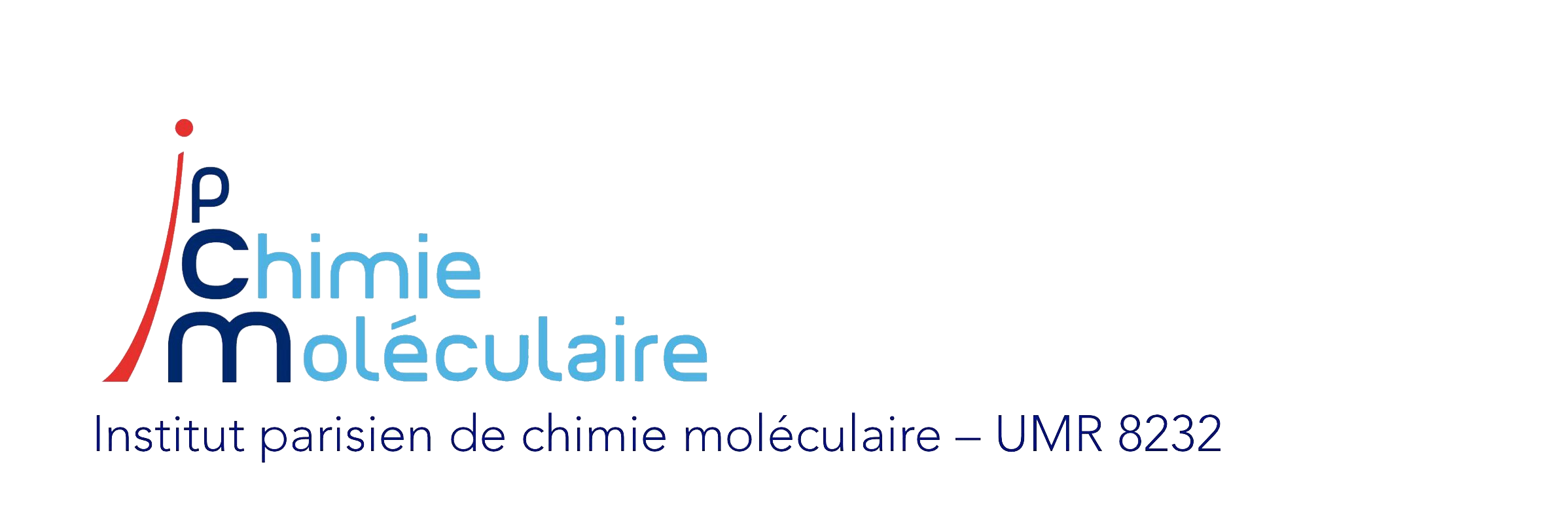Tuning the size of poly(butylene oxide) nanoparticles by microfluidic-assisted nanoprecipitation
Résumé
Microfluidic-assisted nanoprecipitation offers precise control over process parameters, creating opportunities to design nanoparticles with highly tunable properties. This study investigates the influence of channel geometry, flow parameters, and polymer concentration on the size and polydispersity of poly(butylene oxide) nanoparticles. Poly(butylene oxide) is a model hydrophobic polymer that is prone to forming large nanoparticles in bulk nanoprecipitation (typically >176 nm) and large aggregates with particle sizes ranging from 3000 to 5000 nm. Using a hydrodynamic flow-focusing geometry (Ψ- geometry), we demonstrated that high total flow enhances convective mixing, shortens mixing times, and produces smaller nanoparticles with narrower size distributions. Comparative evaluations of Ψ- and T-channel geometries with varying dimensions showed that Ψ-geometries consistently outperformed T-geometries, yielding smaller and more uniform nanoparticles due to superior mixing efficiency. Reducing channel dimensions (down to 20 μm) further improved mixing efficiency by shortening diffusion distances and accelerating solvent-water interdiffusion. Ψ-geometry enabled nanoparticle sizes as small as 66 nm, whereas T-geometry produced significantly larger particles (>500 nm). Optimization of flow parameters revealed that increasing the flow rate ratio of the aqueous to organic phase and reducing polymer concentration significantly decreased nanoparticle size. This work underscores the critical interplay between microfluidic geometry, channel dimensions, and flow conditions in tailoring nanoprecipitation processes for hydrophobic polymers like poly(butylene oxide). While challenges remain in scaling up production while maintaining precise control over nanoparticle characteristics, future directions include refining microfluidic chip designs, integrating temperature-controlled systems, and exploring novel chemistries. These advancements aim to expand the applicability of microfluidics in nanoparticle synthesis for advanced biomedical applications.
Fichier principal
 main - Alexander et al.pdf (982.99 Ko)
Télécharger le fichier
Supporting data - Alexander et al.pdf (713.69 Ko)
Télécharger le fichier
main - Alexander et al.pdf (982.99 Ko)
Télécharger le fichier
Supporting data - Alexander et al.pdf (713.69 Ko)
Télécharger le fichier
| Origine | Fichiers produits par l'(les) auteur(s) |
|---|

